The 2026 Nissan Leaf is a tale of two EVs in one body
The 2026 Nissan Leaf swapped its familiar hatchback skin for a sleek, modern crossover design, hoping to capture a bit more audience. But as details emerge, it's clear that not all versions of this third-generation EV are created equal.
For potential buyers in the United States, the choice comes down to three grades: S+, SV+, and the range-topping Platinum+. If you've seen glamorous press photos of the new Leaf, you've been looking at the Platinum+. This premium model is decked out with exclusive features that its siblings go without. The most noticeable of these is the "3D Holographic Taillights," a design cue borrowed from the Nissan Z sports car that gives the rear a futuristic and distinctive look. The Platinum+ also rides on large 19-inch alloy wheels and features a full-width LED light bar between the headlights, completing its upscale appearance.
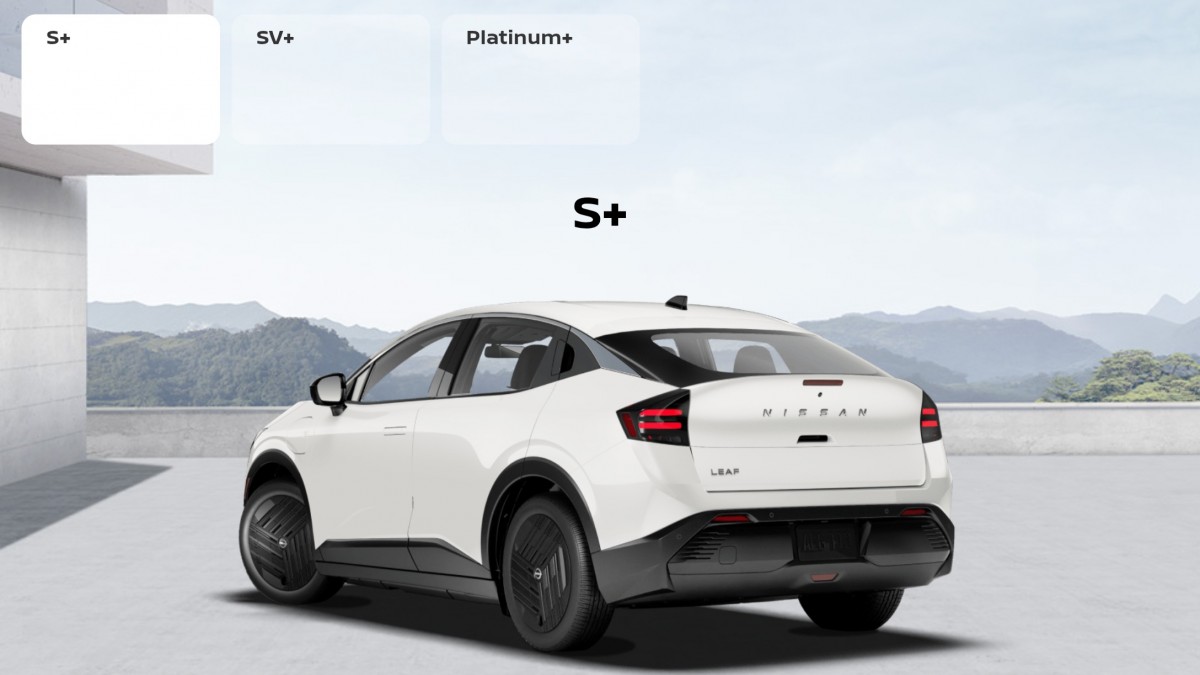
The S+ and SV+ trims present a much more subdued look. The eye-catching 3D taillights are replaced with more conventional LED units. The sleek, blacked-out tailgate trim of the flagship is gone, swapped for a body-colored panel with a more traditional and visible handle. Wheel options are also more modest; the base S+ comes with 18-inch steel wheels fitted with black aero covers, while the SV+ gets a slight upgrade to 18-inch aluminum alloys. Roof rails are also reserved for the top model, further distinguishing the Platinum+ from its more basic counterparts.
The story of big differences continues inside the cabin. Step into the S+, and you'll find a respectable dual 12.3-inch screen setup for the driver's display and infotainment. However, the SV+ and Platinum+ trims have a more expansive dual 14.3-inch layout that includes Google Built-in for seamless navigation and app integration. Only the Platinum+ receives the new Bose Personal Plus Audio system, with speakers mounted directly into the front headrests. The final and perhaps most impressive interior feature exclusive to the top trim is a panoramic electrochromic roof that can switch from transparent to opaque with the touch of a button.
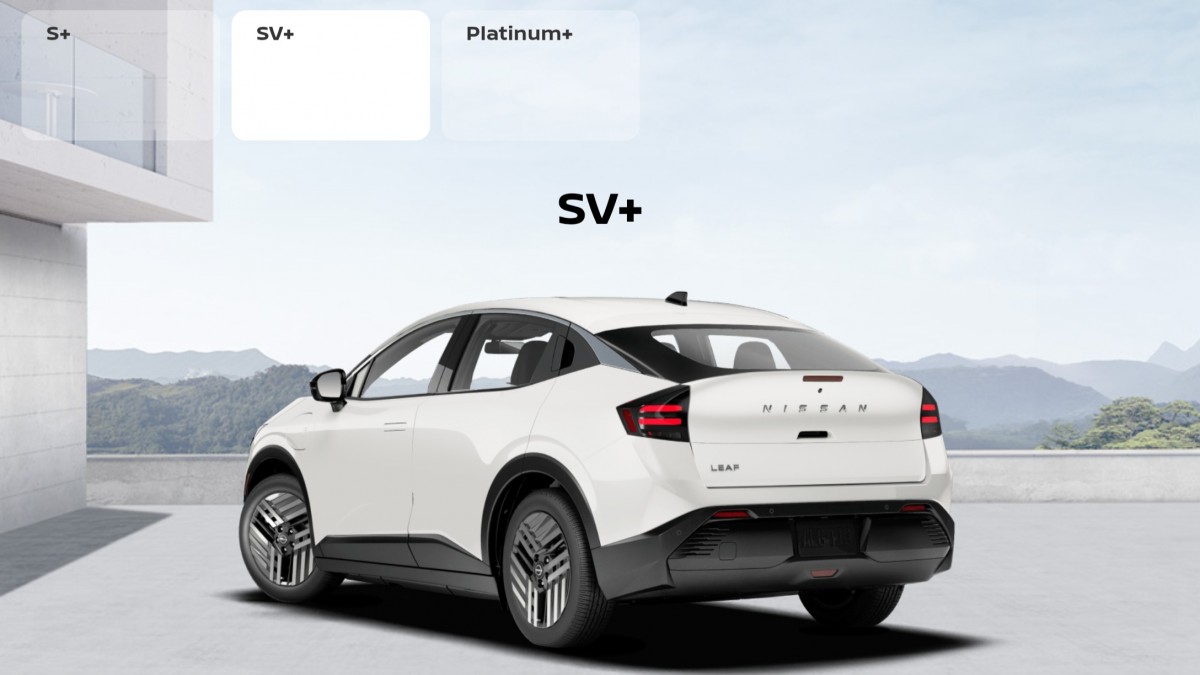
There is no info yet on what trims of the new Leaf will be available in Europe. All the European Nissan websites use images of the Platinum+ version but we expect to see the cheaper versions make the appearance pretty soon.
When it comes to what makes these electric cars go, Nissan offers two battery sizes globally, though the range estimates vary by region. The larger 75 kWh battery in the US model is expected to deliver an EPA-estimated 303 miles of range. European WLTP estimates are, as usual, more optimistic, rating the 75 kWh pack for up to 375 miles and a smaller 52 kWh battery for 271 miles. European performance figures suggest a 0-to-62 mph time of 7.6 seconds for the larger battery and 8.6 seconds for the smaller one, with a top speed capped at 99 mph for both.
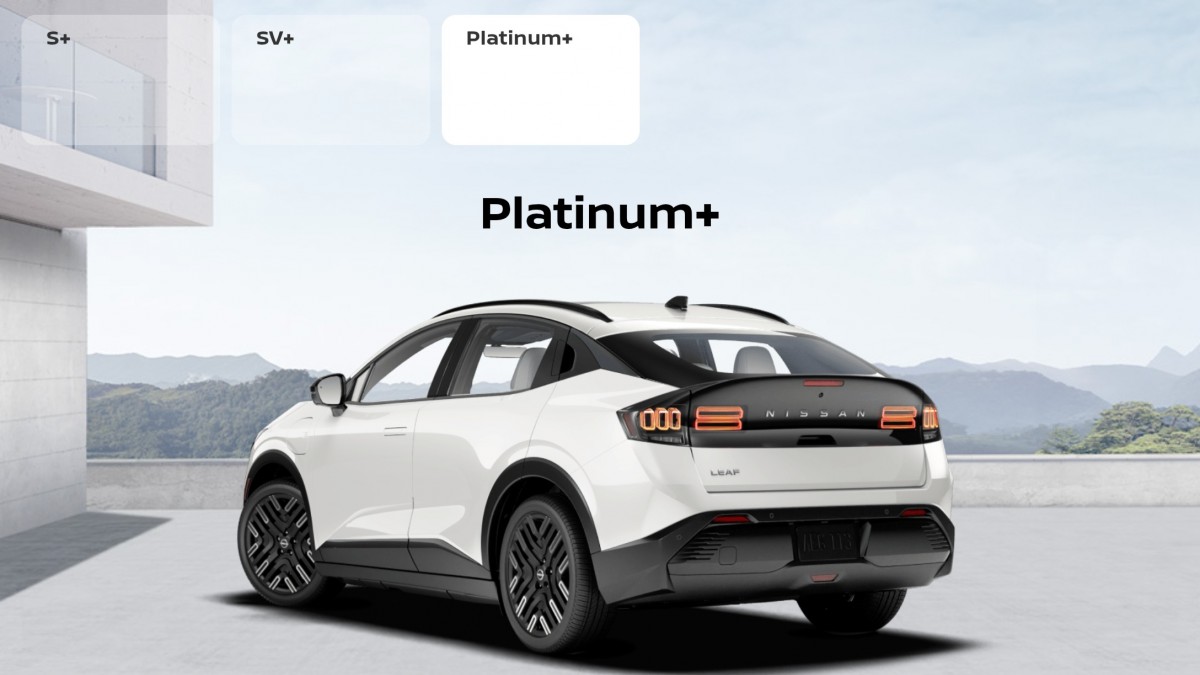
Curiously, the American-spec model is slightly longer, measuring 173.4 inches in length. This, along with different wheel and tire combinations, is probably why it has a slightly higher drag coefficient of 0.26 Cd, compared to the European model's slipperier 0.25 Cd. The US market gets a NACS port for compatibility with Tesla's Supercharger network, while Europe uses the common CCS standard, and Japan sticks with the CHAdeMO connector.
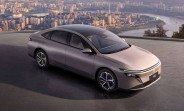
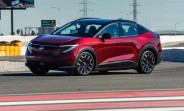

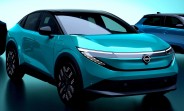

Facebook
Twitter
Instagram
RSS
Settings
Log in I forgot my password Sign up